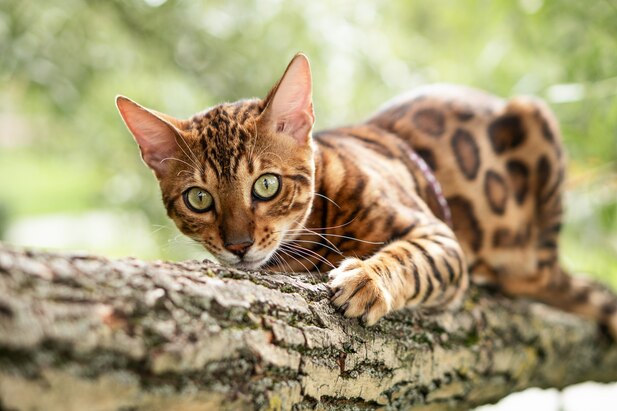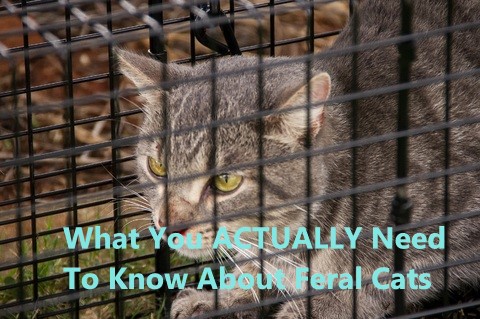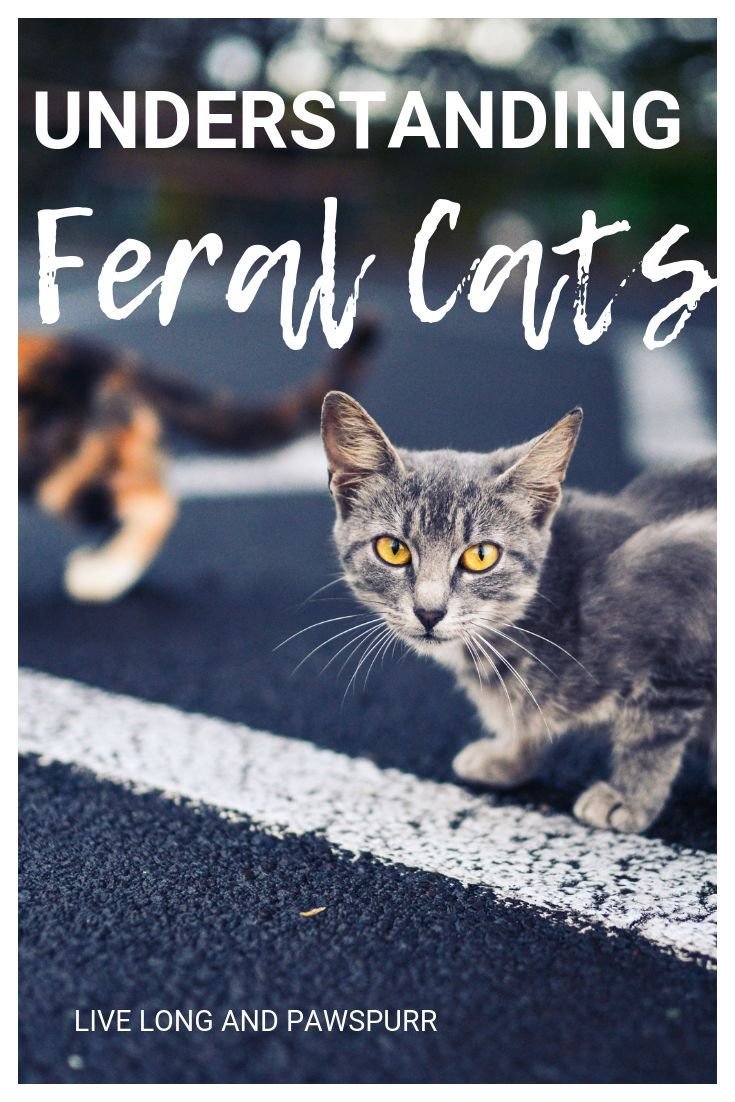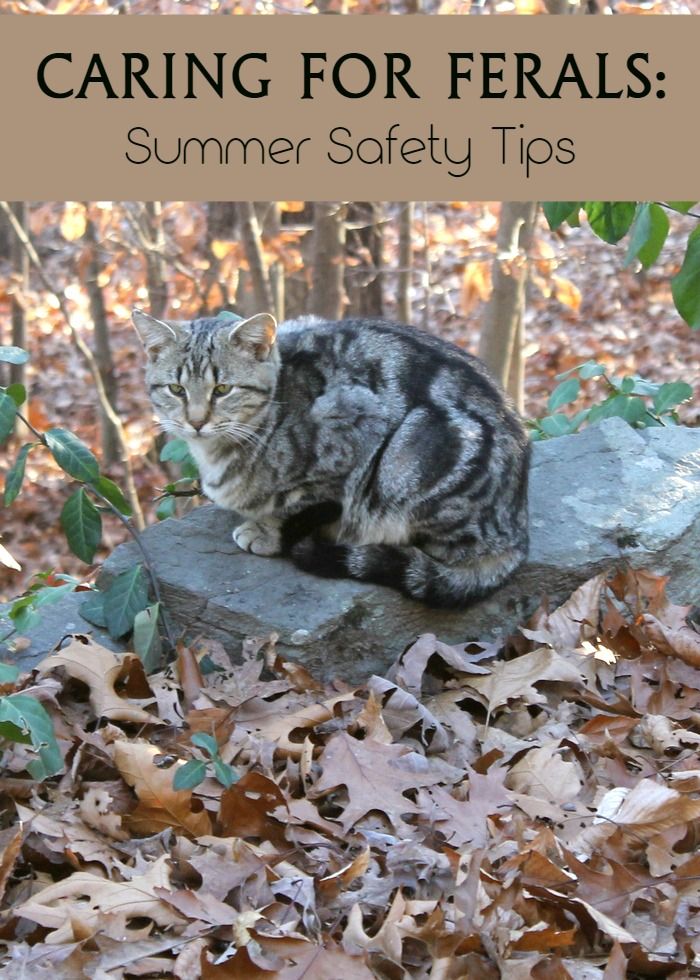What is the Fastest Way to Tame a Feral Kitten?
Views: 45Discover the fastest way to tame a feral kitten by decoding their behavior, building trust through patience, and incorporating playtime. Unlock the secrets of a successful taming process. Unraveling the Mystery of Feral Kittens Feral kittens, those untamed bundles of fur, can be both a challenge and a joy to tame. In this comprehensive … Read more







